Adobo Seasoning: The Flavorful Secret Behind Global Spice Traditions
Table of Contents
- Introduction
- The Historical Roots of Adobo Seasoning
- Global Variants: How Different Cultures Use Adobo
- Breaking Down the Core Ingredients of Adobo Seasoning
- 7 Creative Ways to Cook with Adobo Seasoning
- Buying Guide: How to Choose the Best Adobo Seasoning
- Make Your Own: DIY Adobo Seasoning Recipes
- Conclusion
Introduction
Spice lovers, get ready to spice up your life! There's a reason why adobo seasoning has become a pantry staple around the world. It’s not just a seasoning—it's a flavor revolution. Whether you're grilling meats, marinating tofu, or spicing up a vegan chili, adobo brings that smoky, garlicky, earthy kick that turns ordinary meals into extraordinary ones.
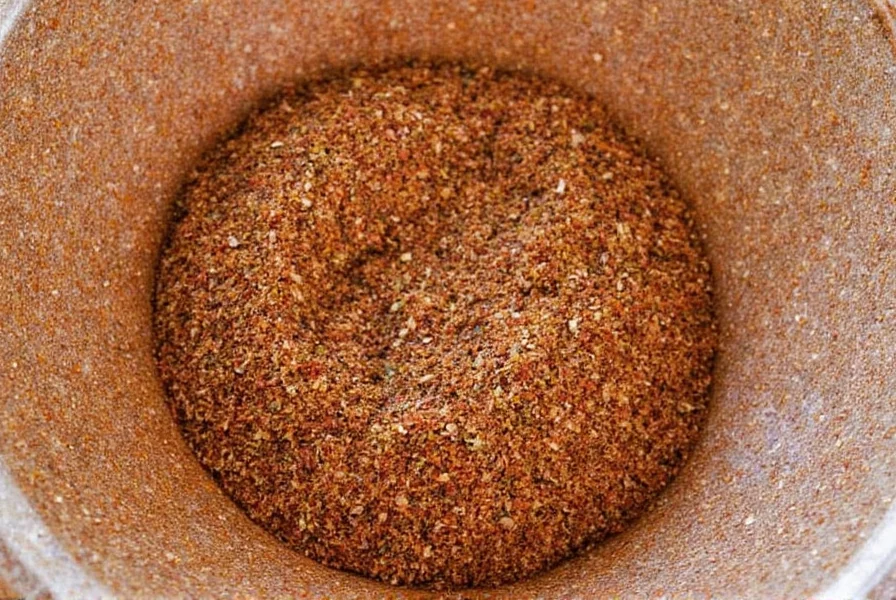
In this article, we'll dive deep into the fascinating origins of adobo, explore its many forms across cultures, and give you pro tips on how to make the most out of this versatile blend. Let’s start by uncovering where it all began.
The Historical Roots of Adobo Seasoning
The word “adobo” comes from the Spanish verb *adobar*, meaning “to marinate.” While it’s commonly associated with Latin American cuisine today, especially Puerto Rican and Mexican dishes, its roots go back much further. Long before European colonization, indigenous peoples of the Caribbean and Mesoamerica used a combination of salt, garlic, and local herbs to preserve and flavor their food—a practice that evolved into what we now know as adobo seasoning.
Spanish colonizers adopted and spread these techniques across the globe, influencing cuisines in the Philippines, the southern United States, and even parts of West Africa. Over time, each region developed its own unique version of adobo, using local spices and cooking methods. Today, adobo is more than just a seasoning—it’s a cultural bridge connecting people through taste.
Global Variants: How Different Cultures Use Adobo
While adobo seasoning may have started in one corner of the world, it's now a global phenomenon. Here's a quick breakdown of how different cultures have adapted this beloved spice mix:
| Region | Main Ingredients | Dishes Used In | Flavor Profile |
|---|---|---|---|
| Puerto Rico | Garlic, oregano, cumin, coriander, salt, pepper | Pernil, grilled chicken, beans | Earthy, aromatic, slightly spicy |
| Mexico | Chili powders, vinegar, garlic, cloves, cinnamon | Pozole, tacos, barbacoa | Smoky, tangy, warm |
| Philippines | Soy sauce, vinegar, garlic, bay leaves, peppercorns | Chicken adobo, pork adobo | Savory, tangy, umami-rich |
| United States (Southern) | Salt, paprika, garlic, onion, black pepper | BBQ rubs, fried chicken, burgers | Smoky, salty, mildly sweet |
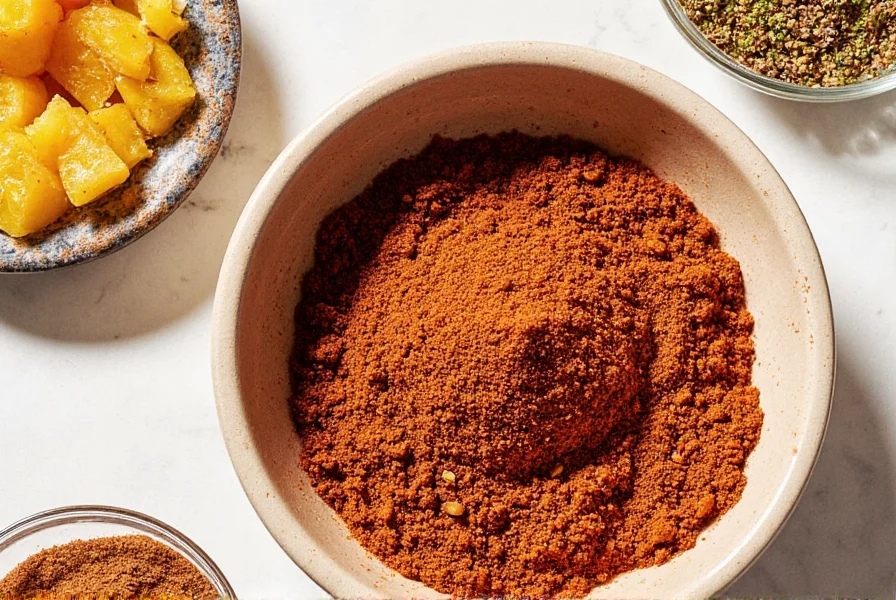
Breaking Down the Core Ingredients of Adobo Seasoning
What makes adobo seasoning so special? Let’s take a closer look at the typical ingredients found in most blends:
- Garlic powder: The heart of adobo—adds depth and pungency.
- Onion powder: Balances garlic with a subtle sweetness.
- Black pepper: Adds heat without overpowering other flavors.
- Cumin: Brings in a nutty, earthy undertone.
- Oregano: Offers herbal brightness, especially in Puerto Rican styles.
- Coriander: Subtle citrusy notes that elevate marinades.
- Smoked paprika: Optional but popular for a barbecue-ready flavor.
These components come together like a symphony, creating layers of flavor that work beautifully in everything from grilled vegetables to roasted meats.
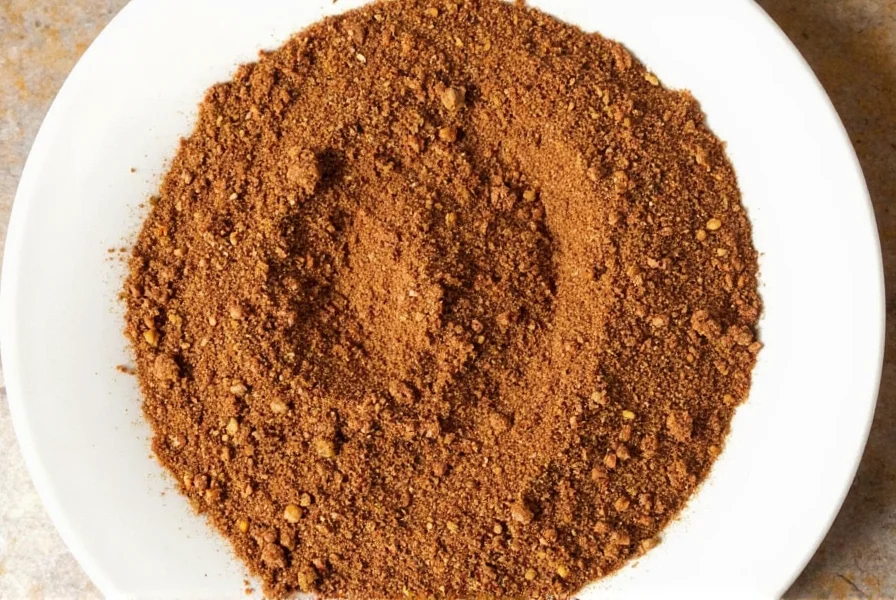
7 Creative Ways to Cook with Adobo Seasoning
Think beyond the marinade—adobo can do wonders when used creatively. Here are seven fun ways to incorporate this flavorful spice into your everyday cooking:
- Rub for Grilled Chicken or Steak: Sprinkle generously on meat before grilling. Add a drizzle of olive oil to help the spices adhere.
- Spice Up Popcorn: Toss freshly popped popcorn with melted butter and a dash of adobo for a savory snack.
- Add to Hummus or Guacamole: Just a pinch enhances the earthiness of chickpeas and avocados.
- Season Roasted Vegetables: Sprinkle on potatoes, carrots, or cauliflower before roasting for a smoky twist.
- Boost Rice or Beans: Stir into rice during cooking or add to simmering beans for an instant flavor upgrade.
- DIY Adobo Butter: Mix softened butter with adobo and spread over corn on the cob or toast.
- Create a Marinade Base: Combine with lime juice, olive oil, and soy sauce for a universal marinade that works on almost any protein.

Buying Guide: How to Choose the Best Adobo Seasoning
With so many options on the market, choosing the right adobo seasoning can be overwhelming. Here's a breakdown of key factors to consider, along with product comparisons and recommendations based on use case:
What to Look For:
- Natural Ingredients: Avoid fillers like maltodextrin or artificial preservatives.
- Balanced Flavor: A good adobo should be robust without being too salty or spicy.
- Regional Authenticity: If authenticity matters to you, check if the brand reflects regional style (e.g., Puerto Rican vs. Southern U.S.).
- Texture: Finely ground blends integrate better into sauces and doughs.
Top Adobo Seasoning Brands Compared
| Brand | Key Features | Best For | Price Range |
|---|---|---|---|
| Goya Adobo | Classic Puerto Rican blend, widely available | Traditional dishes, budget-friendly option | $ |
| Badia Original Adobo | Garlic-forward with mild heat | Marinades, everyday seasoning | $ |
| McCormick Adobo Seasoning | Milder blend, great for kids or sensitive palates | Families, light seasoning lovers | $ |
| Sazon Goya | Contains annatto and culantro for vibrant color and flavor | Colorful stews, yellow rice | $$ |
| Primal Kitchen Adobo | Organic, paleo-friendly, no MSG | Health-conscious cooks, keto diets | $$$ |
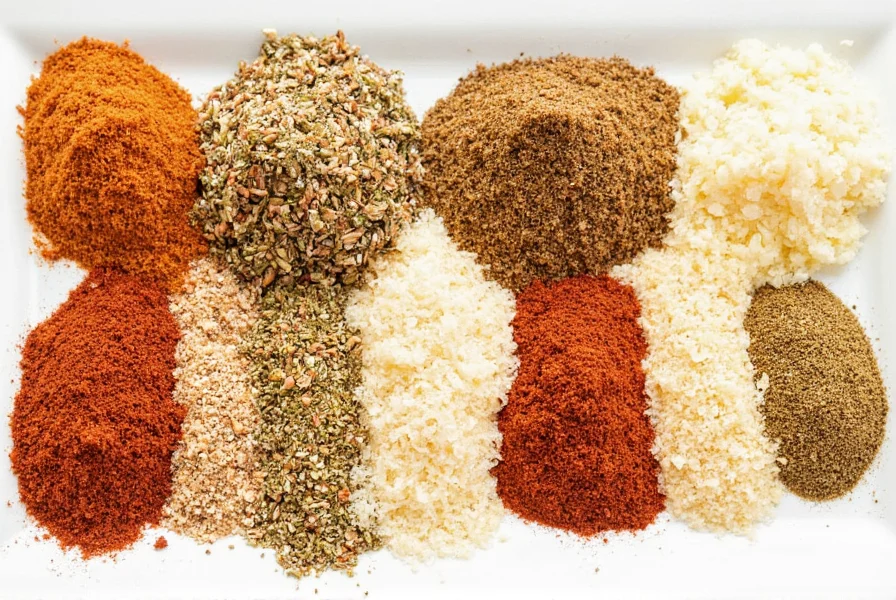
Who Should Buy What?
- For Everyday Cooking: Goya Adobo is reliable and affordable.
- For Bold Flavors: Try Badia Original for a punchier profile.
- For Special Occasions: Splurge on Sazon Goya for festive dishes.
- For Health-Conscious Kitchens: Primal Kitchen offers clean-label options.
Make Your Own: DIY Adobo Seasoning Recipes
If you want full control over flavor and quality, making your own adobo seasoning is easy—and incredibly rewarding. Here’s a basic recipe you can tweak to suit your taste:
Classic Homemade Adobo Seasoning
- 4 tbsp garlic powder
- 2 tbsp onion powder
- 1 tbsp ground cumin
- 1 tsp dried oregano
- 1 tsp smoked paprika (optional)
- 1 tsp coriander
- 1 tsp black pepper
- 1 tsp salt (adjust to taste)
Mix all ingredients thoroughly and store in an airtight container. Shelf life: up to 6 months.
Variations You Can Try
- Spicy Kick: Add ½ tsp chili powder or crushed red pepper flakes.
- Herbaceous Twist: Add dried thyme or basil for extra green notes.
- Smoke Lover’s Blend: Increase smoked paprika to 2–3 tsp.
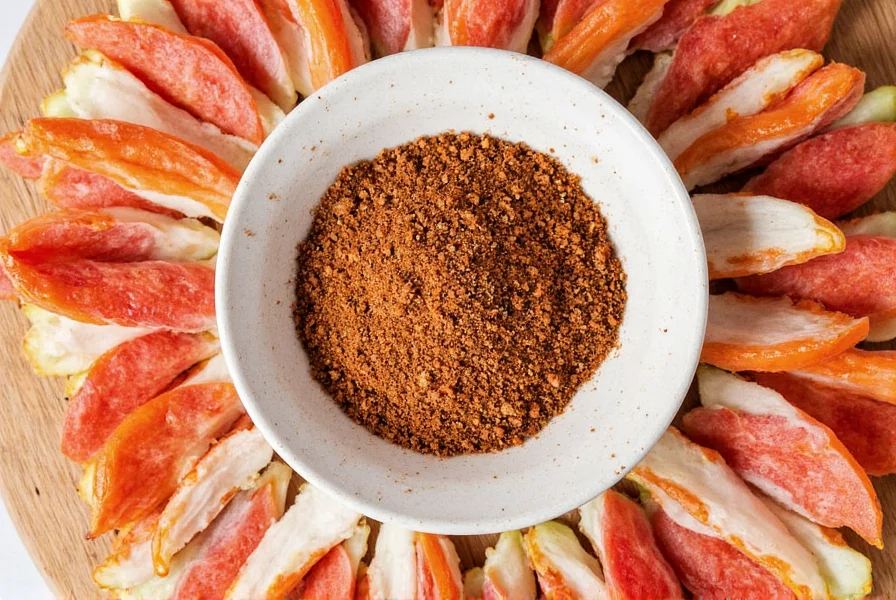
Conclusion
From its ancient roots to its modern-day versatility, adobo seasoning remains a cornerstone of global spice traditions. Whether you’re a home cook or a professional chef, there’s no denying the magic this blend adds to your culinary creations.
Now that you’ve got the lowdown on adobo—from buying guides to DIY recipes—you’re ready to season like a pro. So grab your shaker, experiment with new dishes, and let your taste buds travel the world—one sprinkle at a time.
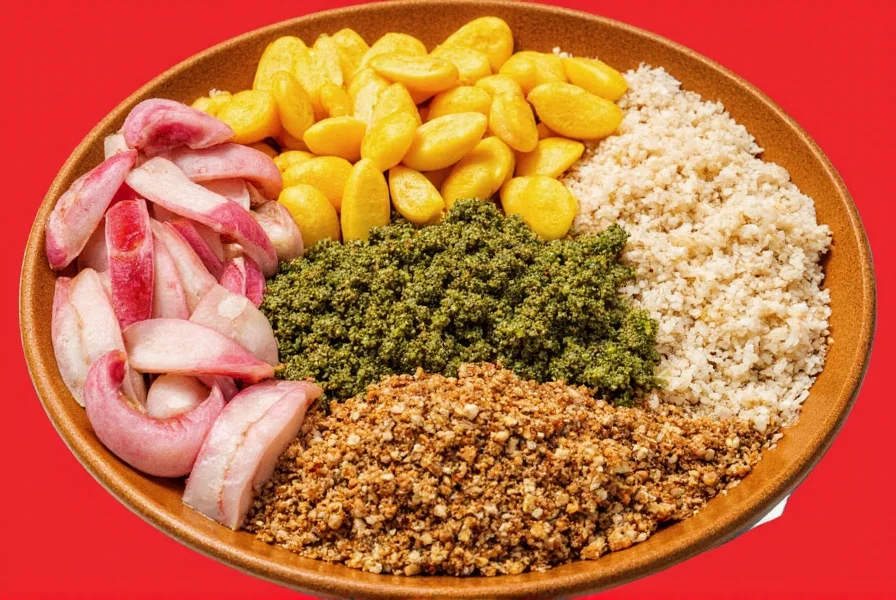











 浙公网安备
33010002000092号
浙公网安备
33010002000092号 浙B2-20120091-4
浙B2-20120091-4